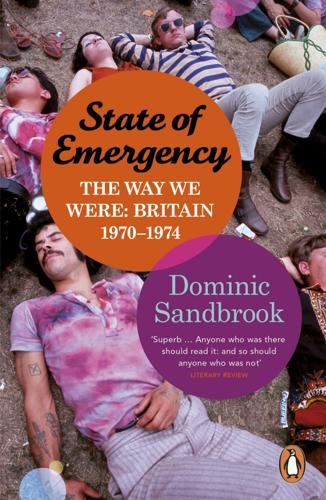
State of Emergency: The Way We Were
by
Dominic Sandbrook
Published 29 Sep 2010
By 1976, the nation’s first major shopping centre had opened at Brent Cross, north London, and within three years it had been followed by similarly vast malls such as the Mander Centre in Wolverhampton and the Arndale Centre in Manchester, temples to the new gods of affluence, consumerism and material ambition.19 In many respects, what people bought at these new shopping centres was simply ‘more of the same’, as the historian Arthur Marwick puts it. By the late 1970s, almost all households had at least one television, 88 per cent had a fridge, 71 per cent a washing machine and 52 per cent a car. Only half, though, had a telephone, and just 3 per cent a dishwasher, which was a treat reserved for the richest or most forward-thinking.
…
Campbell, Edward Heath, p. 18; Anthony Sampson, The New Anatomy of Britain (London, 1971), p. 660. 6. Daily Mirror, 28 July 1965; Sunday Times, 1 August 1965; Campbell, Edward Heath, pp. 3–6, 18–19, 183. 7. See ibid., p. 60. 8. Michael Young and Peter Willmott, The Symmetrical Family: A Study of Work and Leisure in the London Region (London, 1973), pp. 29–30, 48; Arthur Marwick, British Society Since 1945 (Harmondsworth, 1982), p. 121; Ken Coates and Richard Silburn, Poverty: The Forgotten Englishmen (Harmondsworth, 1970), p. 60; Piers Paul Read, A Married Man (London, 1979), p. 42. 9. Dominic Sandbrook, Never Had It So Good: A History of Britain from Suez to the Beatles (London, 2005), p. 101; Richard Hoggart, The Uses of Literacy (Harmondsworth, 1958), p. 240; Margaret Drabble, The Ice Age (London, 1977), p. 55. 10.
…
John Benson, The Rise of Consumer Society in Britain, 1880–1980 (Harlow, 1994), p. 69; Roger Cox, ‘Carrefour at Caerphilly: The Shoppers and the Competition’, International Journal of Retail and Distribution Management, 3:3 (1975), pp. 39–41; The Times, 13 September 1972, 23 September 1972, 13 April 1973, 10 September 1973, 30 April 1974. 19. Ann Oakley, Housewife (London, 1974), p. 131; Benson, The Rise of Consumer Society, pp. 70–71. 20. Arthur Marwick, British Society Since 1945 (Harmondsworth, 1982), pp. 242–3; Benson, The Rise of Consumer Society, p. 72; Screen Digest, April 1979; Justin Smith, ‘Glam, Spam and Uncle Sam: Funding Diversity in 1970s British Film Production’, in Robert Shail (ed.), Seventies British Cinema (London, 2008), p. 68. 21.
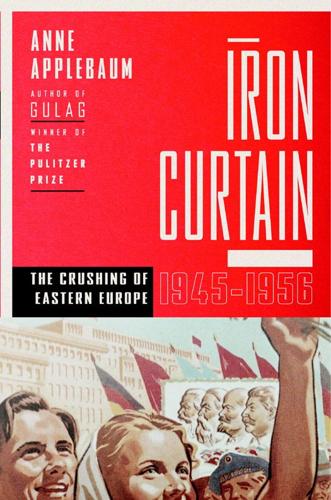
Iron Curtain: The Crushing of Eastern Europe, 1945-1956
by
Anne Applebaum
Published 30 Oct 2012
The Jews who remained staggered from their yellow star houses and within a week or two you could see them bargaining, surrounded as they were by the corpses of men and horses … People were quibbling over prices for warm British cloth, French perfumes, Dutch brandy, and Swiss watches among the rubble …13 This enthusiasm for work and renewal would last for many years. The British sociologist Arthur Marwick once speculated that the experience of national failure might have given the West Germans an incentive to rebuild, to regain a sense of national pride. The very scale of the national collapse, he argued, might have helped contribute to the postwar boom: having experienced economic and personal catastrophe, Germans readily threw themselves into reconstruction.14 But Germany, both East and West, was not alone in this drive to recover and to become “normal” again.
…
Heda Margolius Kovály, Under a Cruel Star (Cambridge, Mass., 1986), p. 39. 9. Anonymous, Woman in Berlin, p. 297. 10. Zaremba, Wielka Trwoga, p. 71. 11. Ibid., pp. 6–7. 12. Stefan Kisielewski, “Ci z Warszawy,” Przekroj 6, 5, 1945. 13. Sándor Márai, Portraits of a Marriage, trans. George Szirtes (New York, 2011), p. 272. 14. Arthur Marwick, War and Social Change in the Twentieth Century (London, 1974), pp. 98–145. 15. Timothy Snyder, Bloodlands: Europe Between Hitler and Stalin (New York, 2010), p. 19. 16. Ibid., pp. viii–ix. 17. Wolfgang Schivelbusch, In a Cold Crater: Cultural and Intellectual Life in Berlin, 1945–1948 (Berkeley, 1998), pp. 8–9. 18.
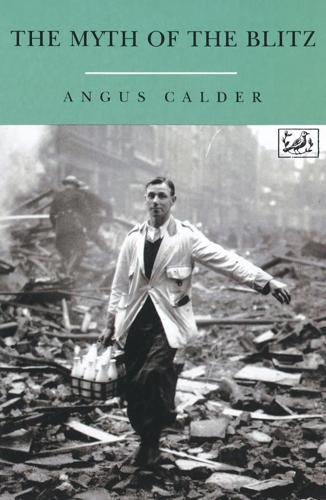
The Myth of the Blitz
by
Angus Calder
Published 28 Jun 2012
But the Conservatives niftily outmanoeuvred Labour’s effort to seize leadership of pro-League opinion, as Baldwin too presented himself as its champion. Having won the 1935 election, Baldwin cynically turned away from the League and appeased Mussolini. Yet ‘appeasers’ in government circles might be moved by revulsion against slaughter, as Baldwin himself was. They too, as Arthur Marwick puts it, ‘had been “scorched” by war: they would not lightly risk playing with fire’.25 While the Labour Party abandoned its opposition to rearmament in 1937, and the Conservative government reluctantly began, and went on, rearming, there was no jingoistic relish in either. And when military conscription was introduced from 1939, provision was made for conscientious objection not only on pacifist grounds, which had been accepted in the First World War, but on political grounds.
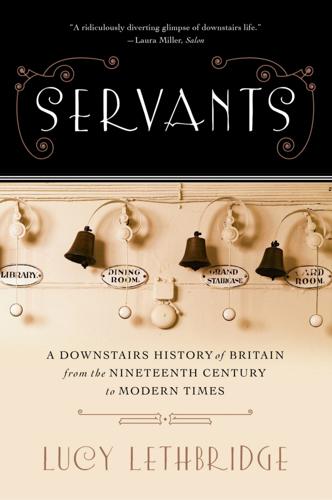
Servants: A Downstairs History of Britain From the Nineteenth Century to Modern Times
by
Lucy Lethbridge
Published 18 Nov 2013
Peel, How We Lived Then, London, 1929, pp. 22–3. 3 The Times, 8 October 1916. 4 Osbourn diaries. 5 Horne, What the Butler Winked At, p. 19. 6 Alison Adburgham, A Punch History of Manners and Modes 1841–1940, London, 1961, p. 18. 7 Peel, How We Lived, p. 22. 8 Ibid., p. 23. 9 Gabriel Tschumi, Royal Chef: Forty Years with Royal Households, London, 1954, p. 142. 10 Quoted in Kenneth Rose, King George V, London, 1983, p. 260. 11 Arthur Marwick, The Deluge: British Society and the First World War, London, 1965, pp. 91–2. 12 The Times, 8 December 1915. 13 Quoted in Gail Braybon and Penny Summerfield, Out of the Cage: Women’s Experiences in Two World Wars, London, 1987, p. 39. 14 Interview 693, Imperial War Museum. 15 The Times, 11 October 1915. 16 The Times, 8 December 1915. 17 Osbourn diaries. 18 Laurie, Cricketer Preferred, pp. 32–3. 19 Horne, What the Butler Winked At, p. 1. 20 Merlin Waterson (ed.), The Country House Remembered: Recollections of Life Between the Wars London, 1985, p. 33. 21 Horn, Life Below Stairs, p. 32.
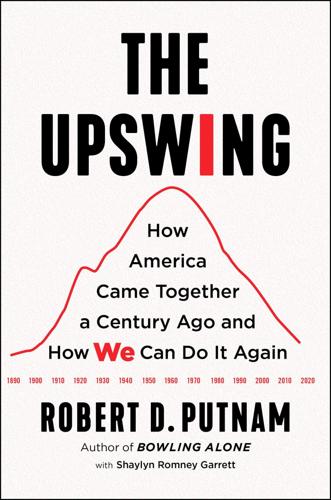
The Upswing: How America Came Together a Century Ago and How We Can Do It Again
by
Robert D. Putnam
Published 12 Oct 2020
Here we follow the most conventional practice of dating the period from about 1960 to about 1975, a period sometimes called “the long Sixties.” 34 Mark Lilla, The Once and Future Liberal: After Identity Politics (New York: HarperCollins, 2017), 8. 35 For a range of authoritative perspectives on the Sixties, see James T. Patterson, Grand Expectations: The United States, 1945–1974, The Oxford History of the United States, vol. 10 (New York: Oxford University Press, 1996); Arthur Marwick, The Sixties: Cultural Revolution in Britain, France, Italy, and the United States, c.1958–c.1974 (New York: Oxford University Press, 1998); and Maurice Isserman and Michael Kazin, America Divided: The Civil War of the 1960s, 3rd ed. (New York: Oxford University Press, 2008). 36 “Revolution” is from Hobsbawm, The Age of Extremes, in the title of chap. 10; “Renaissance” is from 5–18; “Shock wave” and “fracture” are from Daniel T.

Nexus: A Brief History of Information Networks From the Stone Age to AI
by
Yuval Noah Harari
Published 9 Sep 2024
.: Harvard University Press, 2005), 571–80; Montefiore, Stalin, 566–77, 640; Oleg V. Khlevniuk, Stalin: New Biography of a Dictator (New Haven, Conn.: Yale University Press, 2015), 1–6, 33, 36, 92, 142–44, 189–90, 196–97, 250, 309–14; Zhores Medvedev and Roy Medvedev, Unknown Stalin: His Life, Death, and Legacy (New York: Overlook Press, 2005), 19–35. 124. Arthur Marwick, The Sixties: Cultural Revolution in Britain, France, Italy, and the United States, c. 1958–c. 1974 (London: Bloomsbury Reader, 1998); Peter B. Levy, The Great Uprising: Race Riots in Urban America During the 1960s (Cambridge, U.K.: Cambridge University Press, 2018). 125. For a fascinating and insightful study of this and previous “chip wars,” see Chris Miller, Chip War: The Fight for the World’s Most Critical Technology (New York: Scribner, 2022), 43. 126.
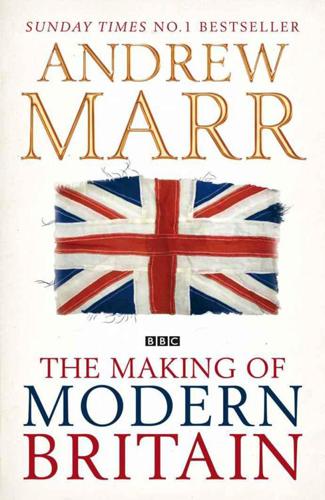
The Making of Modern Britain
by
Andrew Marr
Published 16 May 2007
Frank Moraes, Jawaharlal Nehru, Macmillan, 1956. 80. See John Grigg, Lloyd George: The People’s Champion, HarperCollins, 1997, for all this. 81. Robert K. Massie, Castles of Steel, Pimlico, 2005. 82. See ibid. 83. See notes to John Grigg, Lloyd George: War Leader, Allen Lane, 2002. 84. See Arthur Marwick, The Deluge, Bodley Head, 1975. 85. Sir Robert Bruce Lockhart, cited ibid. 86. Corrigan, Mud, Blood and Poppycock. 87. See Ian Passingham, All the Kaiser’s Men, Sutton Publishing, 2003. 88. Diaries of Siegfried Sassoon, ed. Rupert Hart-Davies, Faber & Faber, 1983. 89. Marvin Swartz, The Union of Democratic Control, Oxford University Press, 1971.
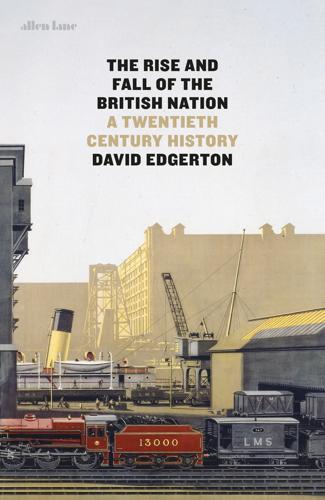
The Rise and Fall of the British Nation: A Twentieth-Century History
by
David Edgerton
Published 27 Jun 2018
The focus is the people, notably the working class, and the central idea is the rise, and fall, of the ‘welfare state’. This was and is history without capitalists, the military, the state (except the welfare state), and one driven by progressive forces, though these are held back. Among the earliest were the works of Arthur Marwick, such as The Explosion of British Society, 1914–1970 (London, 1963, 1971), Britain in the Century of Total War: War, Peace and Social Change 1900–1967 (London, 1968) and British Society since 1945 (London, 1982). The Second World War was particularly important for this approach, as in the work of Angus Calder, The People’s War (London, 1969), and Paul Addison, The Road to 1945 (London, 1975), which promoted a very national, social democratic account of the war focused on an emergent welfare state and on the people.
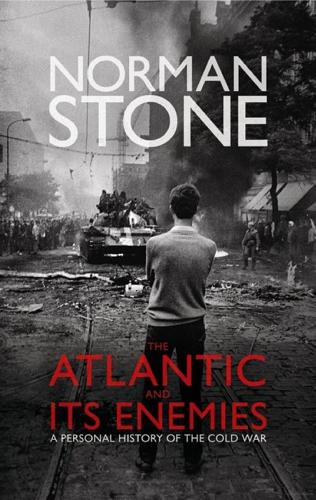
The Atlantic and Its Enemies: A History of the Cold War
by
Norman Stone
Published 15 Feb 2010
On the end of European empire, see Keith Kyle, Suez (1991), Scott Lucas, Britain and Suez (1996), Alistair Horne, A Savage War of Peace (1973), Georges Fleury, La Guerre en Algérie (1993), Avi Shlaim, The Iron Wall (2000), Chaim Herzog, The Arab-Israeli Wars (1984), and Jean Lacouture, De Gaulle (2 vols., 1993). René Rémond, Le Retour de De Gaulle (1983), is a good summary of the problems of the late Fourth Republic. ‘The Sixties’ is an enormous subject. I have a weakness for Arthur Marwick, The Sixties (1998), but it was devastatingly reviewed by Roger Kimball, whose own contemptuous remarks as to universities were recorded in Tenured Radicals (1990). The same theme, with a very brave attempt to associate it with longer-term factors, comes up in Allan Bloom, The Closing of the American Mind (1987).
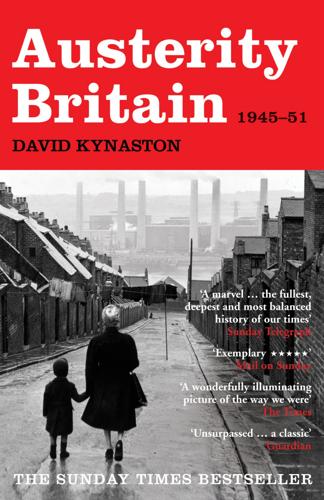
Austerity Britain: 1945-51
by
David Kynaston
Published 12 May 2008
Mary Abbott, Family Affairs (2003), p 107; Dannie Abse, A Poet in the Family (1974), pp 146–7; Adrian Walker, Six Campaigns (1993), p 4; William Osgerby, ‘“One for the Money, Two for the Show”’ (PhD, University of Sussex, 1992), pp 177, 90. 15. Trevor Royle, The Best Years of Their Lives (1997), pp 84–5, 88; Bill Williamson, The Temper of the Times (Oxford, 1990), pp 95–7; T. Ferguson and J. Cunnison, ‘The Impact of National Service’, British Journal of Sociology (Dec 1959), p 286; Arthur Marwick, Britain in Our Century (1984), p 153; Sidney R. Campion, The World of Colin Wilson (1962), pp 42–3. 16. Liz Stanley, Sex Surveyed, 1949–1994 (1995), pp, 87, 97, 111, 123– 4, 132–4, 137– 40, 155, 166. For a trenchant critique of the sexing up of ‘Little Kinsey’ in an October 2005 BBC television documentary, see: Norman Dennis, ‘Propaganda or Public Service Broadcasting?’